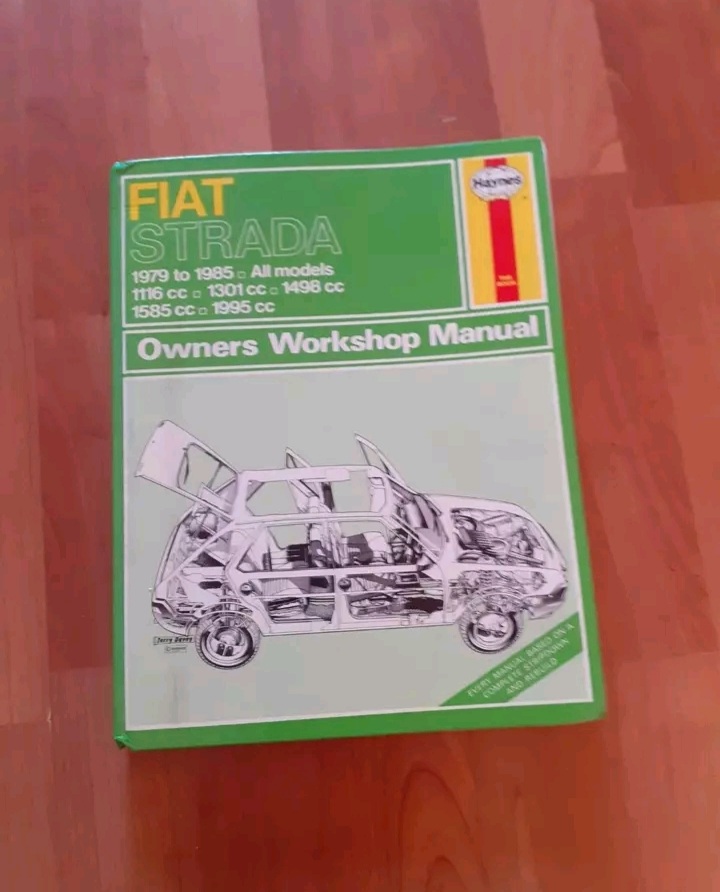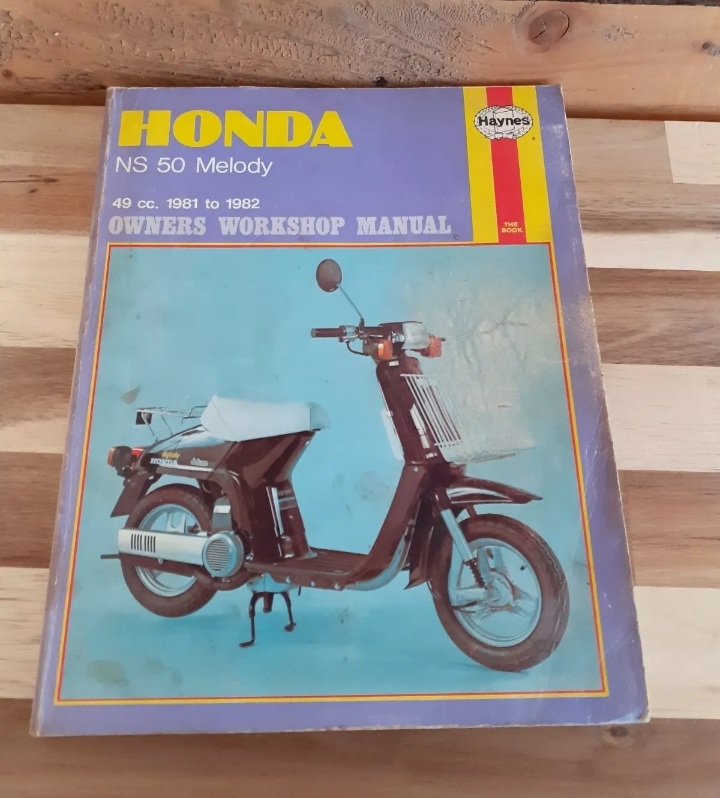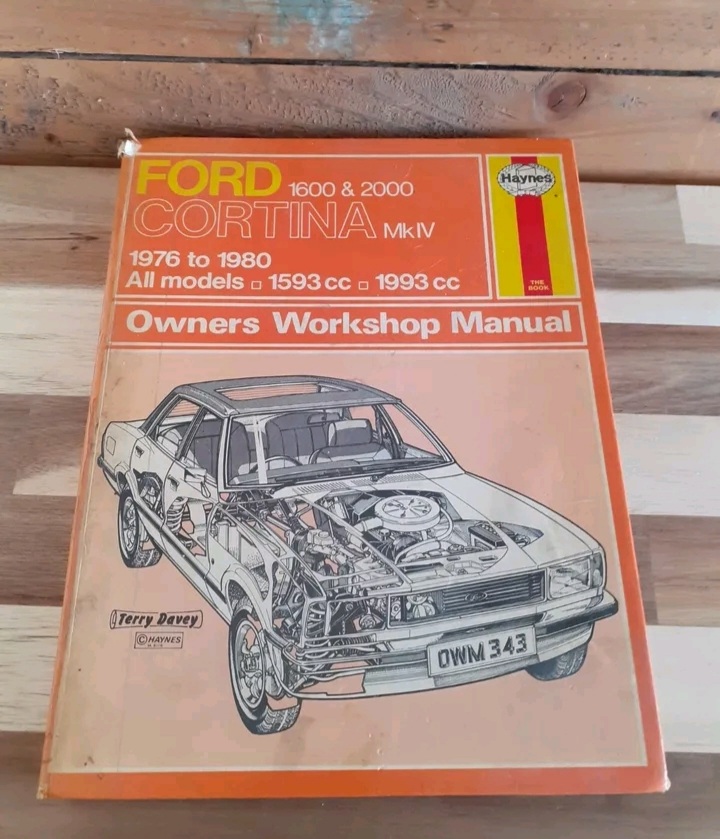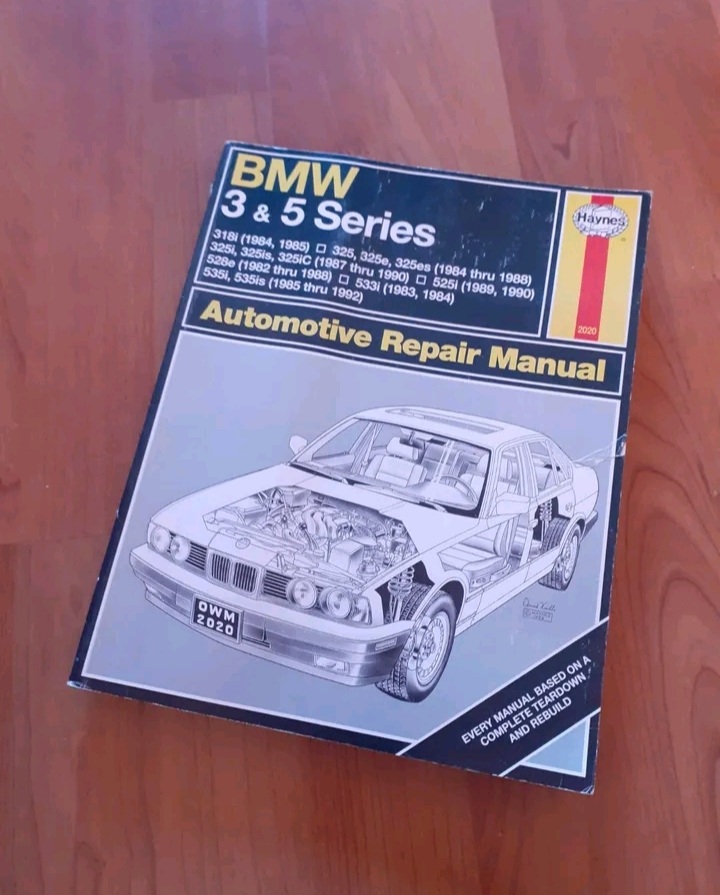Introduction
My dad (who unfortunately is no longer with us) was a classic car enthusiast. He would buy cars that required work and enjoyed restoring them in his spare time. I remember as a child taking an interest in the mechanics and the welding, that went on under the carport that was situated in our family garden. The fun in taking a trip out with my dad to the scrap yard to rummage for parts, long before health and safety was at the forefront of commercial premises. Most memorable to me though was when my dad sat down and took out his trusty Haynes manual, for whatever car he was working on at the time and slowly work his way through the informative pages. This was a time before the digital world of YouTube videos, social media groups/forums and a variety of helpful websites. After a little insight into my childhood, lets take a look at the history of the Haynes manuals.
The Haynes Manuals
The Haynes Manual has a rich history that traces its roots back to the mid-20th century. It all began in 1956 when John Haynes, a British entrepreneur, published his first book, “Building a 750cc Special.” This book detailed the process of building a racing car based on the Austin 7. Haynes’s passion for cars and his desire to empower fellow enthusiasts with practical knowledge laid the foundation for what would become one of the most iconic automotive publishing brands.
The success of “Building a 750cc Special” led Haynes to create more manuals covering a wide range of vehicles. In 1965, he published the first Haynes Manual as we know it today, focusing on the Austin Healey Sprite. This manual revolutionised DIY car maintenance by providing step-by-step instructions, diagrams, and photographs to guide readers through various repairs and maintenance tasks.
Over the years, Haynes Manuals expanded their range to include manuals for motorcycles, commercial vehicles, and even household appliances. The manuals gained a reputation for their clarity, detailed explanations, and user-friendly format, making them a trusted resource for both amateur and professional mechanics.
The Haynes Manual’s popularity grew globally, with editions tailored to different markets and languages. It became a staple in workshops, garages, and enthusiasts’ bookshelves, earning recognition as an essential tool for anyone looking to understand, maintain, or repair their vehicles.
As automotive technology evolved, so did Haynes Manuals. They adapted to cover modern vehicles’ complexities, incorporating electronic systems, advanced diagnostics, and hybrid technologies into their guides. The brand also embraced digital formats, offering online manuals and interactive resources to cater to the digital age.
Today, Haynes Manuals continue to uphold John Haynes’s vision of empowering individuals with practical knowledge. They remain an indispensable resource for automotive enthusiasts, mechanics, and anyone interested in understanding the inner workings of vehicles.






The Modern Utility of Haynes Manuals
In today’s automotive landscape, where cars are becoming increasingly complex and technologically advanced, Haynes Manuals retain their relevance and utility. Here are several ways in which Haynes Manuals continue to be useful:
- DIY Repairs: Haynes Manuals empower individuals to perform a wide range of repairs and maintenance tasks on their vehicles. From basic servicing like oil changes and brake pad replacement to more complex tasks such as engine overhauls and electrical troubleshooting, the manuals provide detailed instructions, illustrations, and tips.
- Cost Savings: By following the guidance in Haynes Manuals, car owners can save significant money on repair and maintenance costs. DIY repairs eliminate labour charges and allow owners to purchase parts at retail prices, often resulting in substantial savings compared to dealership or professional service costs.
- Understanding Vehicle Systems: Haynes Manuals offer in-depth explanations of vehicle systems and components. This knowledge not only helps in performing repairs but also enhances overall understanding of how cars work. It empowers owners to make informed decisions about their vehicles and communicate effectively with professional mechanics when needed.
- Troubleshooting and Diagnostics: Modern vehicles are equipped with complex electronic systems and onboard diagnostics. Haynes Manuals provide guidance on troubleshooting common issues, interpreting error codes, and using diagnostic tools effectively. This information can help owners identify problems early and take appropriate action to prevent costly repairs.
- Enhancing Confidence and Skills: Using a Haynes Manual to successfully complete a repair or maintenance task can boost confidence and foster a sense of accomplishment. It also encourages continuous learning and skill development in automotive maintenance, benefiting both hobbyists and aspiring professionals.
- Environmental Impact: By promoting DIY repairs and maintenance, Haynes Manuals indirectly contribute to reducing environmental impact. Properly maintained vehicles are more fuel-efficient and have lower emissions, aligning with sustainable practices in the automotive industry.
Conclusion
Haynes Manuals have evolved alongside automotive technology and continue to serve as invaluable resources for car owners, enthusiasts, and professionals alike. Their user-friendly approach, comprehensive content, and practical guidance make them a timeless tool in the world of automotive maintenance and repair. Here at Wildcard Curiosities we have a range of classic Haynes manuals. So if you are restoring a classic vehicle or have a collection of Haynes manuals, check out our shop for the required Haynes manual. If you are looking for a particular manual and cannot see this in stock, please contact us as we can check availability for you.
